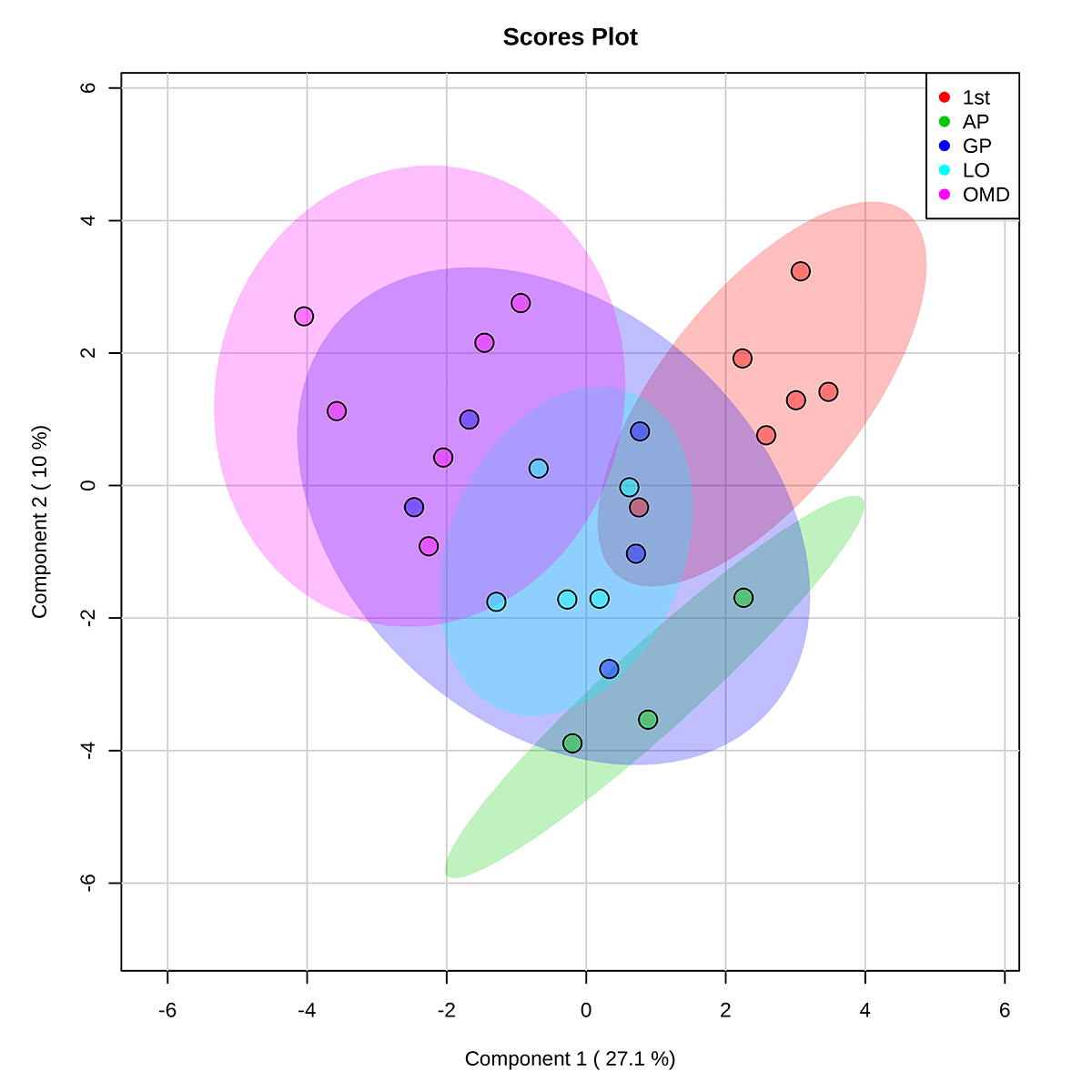Session Information
Date: Monday, September 23, 2019
Session Title: Rare Genetic and Metabolic Diseases
Session Time: 1:45pm-3:15pm
Location: Les Muses Terrace, Level 3
Objective: To explore relationships between demographic, clinical and behavioral phenotypes and underlying genetic and epigenetic features, utilizing a large cohort of PKAN patients.
Background: PKAN is a progressive and debilitating autosomal recessive disorder that affects 1-3 subjects per million worldwide. In the southwest Dominican Republic, the prevalence of PKAN is much higher, affecting 1-2 subjects per 1,000, but subjects appear to have the same mutation in the PANK2 gene (c.680A>G).
Method: We sequenced the PANK2 gene and performed extensive phenotyping of a cohort of 70 patients ascertained since 2007 using standardized assessments of motor function, as well as computerized assessments of tremor, balance and cognitive function. We also quantified salivary microRNAs in these subjects using next generation sequencing. Statistical analysis was performed to identify potential molecular and phenotypic associations in the data using hierarchical clustering, partial least squares discriminant analysis, one-way analysis of variance and Pearson correlation.
Results: Four distinct phenotypic clusters were seen in the 70 patients: oromandibular (OMD), glossopharyngeal (GP), appendicular (AP), and low expression (LO), as well as subjects who were in the 1st stages of PKAN and not possible to classify. 328 miRNAs were identified at >10 counts in >10% of subjects. After normalization, robust positive and negative correlations (R > 0.7 or < -0.7) were identified between 17 distinct miRNAs and specific demographic, clinical, and behavioral phenotypes. These included miRNAs associated with the age of onset (1 miRNA), multiple measures of balance (8 miRNAs), UPDRS, UDRS or PKAN scores (4 miRNAs), tremor amplitude (1 miRNA) and BMI (2 miRNAs). A second analysis identified a set of miRNA and clinical features that strongly distinguished subjects in the different phenotypic groups (Fig 1). Genetically, most subjects were homozygous for the c.680A>G missense mutation. However, one set of siblings was heterozygous for this variant and heterozygous for a second missense mutation in the gene.
Conclusion: These results indicate that salivary microRNA may serve as a novel molecular tool to complement functional assessments. The genetic findings also indicate that screening for PKAN risk variants in the Dominican Republic should consider more than a single mutation.
To cite this abstract in AMA style:
F. Middleton, A. Espinoza, D. Larocca, R. Ericson, M. Santana Jimenez, K. Wagner, P. Stoeter, C. Bass, C. Muniz, S. Baser. Associations of Genetic, Epigenetic and Phenotypic Measures in the Dominican Republic PKAN Cohort [abstract]. Mov Disord. 2019; 34 (suppl 2). https://www.mdsabstracts.org/abstract/associations-of-genetic-epigenetic-and-phenotypic-measures-in-the-dominican-republic-pkan-cohort/. Accessed December 16, 2025.« Back to 2019 International Congress
MDS Abstracts - https://www.mdsabstracts.org/abstract/associations-of-genetic-epigenetic-and-phenotypic-measures-in-the-dominican-republic-pkan-cohort/

